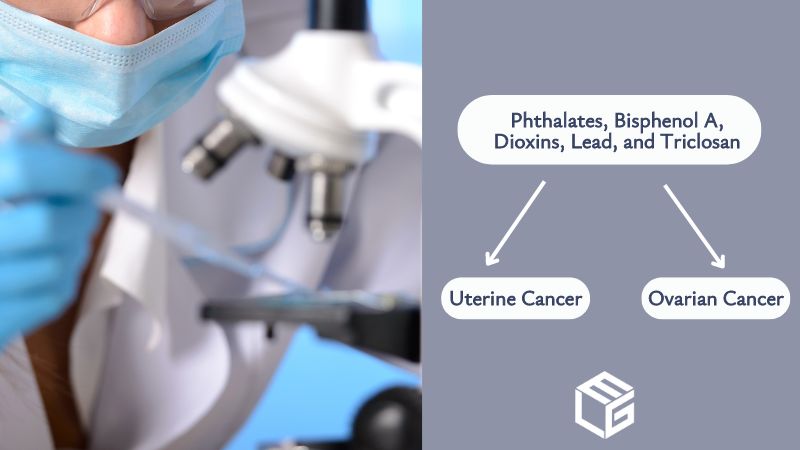Endocrine-disrupting chemicals reduce the production of hormones in the endocrine glands
The endocrine system is comprised of multiple glands and the hormones they produce, which help guide our development, growth, reproduction, and behavior. Some chemicals have the ability to interfere with the endocrine system by disrupting it, and recently, they have been found in hair relaxers. In many cases, it is not yet clear exactly how endocrine-disrupting chemicals act, even when there is a strong association between exposure and a certain adverse effect such as uterine cancer. Still, endocrine disruptors can act in numerous ways in different parts of the body, and they may:
- lower the production of hormones in endocrine glands
- impact the release of hormones from endocrine glands
- copy or counteract the action of hormones
- speed up the hormones' metabolism, reducing their action
- mimic a hormone, causing the body to overreact
- block the pathway between a hormone and a receptor
In the case of hair relaxers, the endocrine-disrupting chemicals they contain, such as phthalates, may increase the estrogen level, which can cause serious diseases such as uterine cancer and ovarian cancer. Exposure to endocrine disruptors has a strong connection with hormone-sensitive cancers, those malignant diseases that depend on a hormone for growth and survival. Both uterine cancer and ovarian cancer are hormone-sensitive cancers. In addition to causing these diseases, endocrine-disrupting chemicals are also responsible for:
- obesity
- diabetes
- neurological problems
- immune disorders
- Alzheimer's diseases
- thyroid disorders
- osteoporosis
- Parkinson's disease
- cardiovascular disease
- early puberty
- infertility
- metabolic disorders
Endocrine disruptors can also be found in plastic bottles and containers, liners of metal food cans, detergents, food, pesticides, and other cosmetics, such as body lotion. Therefore, exposure in women does not occur only from using chemical hair relaxers. Our contact with these toxic chemicals may occur through diet, air, skin, and water. Avoiding using the previously listed products is highly recommended to limit exposure to endocrine-disrupting chemicals.
File your toxic hair relaxer claim with our specialized legal assistance
If you have been using chemical hair relaxers and now have a diagnosis of uterine cancer or ovarian cancer, we strongly encourage you to contact our law firm, which has been handling toxic exposure and defective product cases for over 30 years. Our attorneys will help you find out whether you are eligible to file a toxic hair relaxer claim. The only documents we will request are your medical records and evidence of your use of hair relaxers, such as receipts or hair salon bills.
Since we know how difficult struggling with a serious disease can be, our compassionate legal team will make sure your involvement in the process will be minimal, and they will gladly take care of the most complex aspects of it on your behalf. If you are too ill to participate in the legal process, a family member can step in and help you. Finally, it is important to know that we work on a contingency fee basis, meaning you will not have to pay anything unless we obtain compensation for you.
